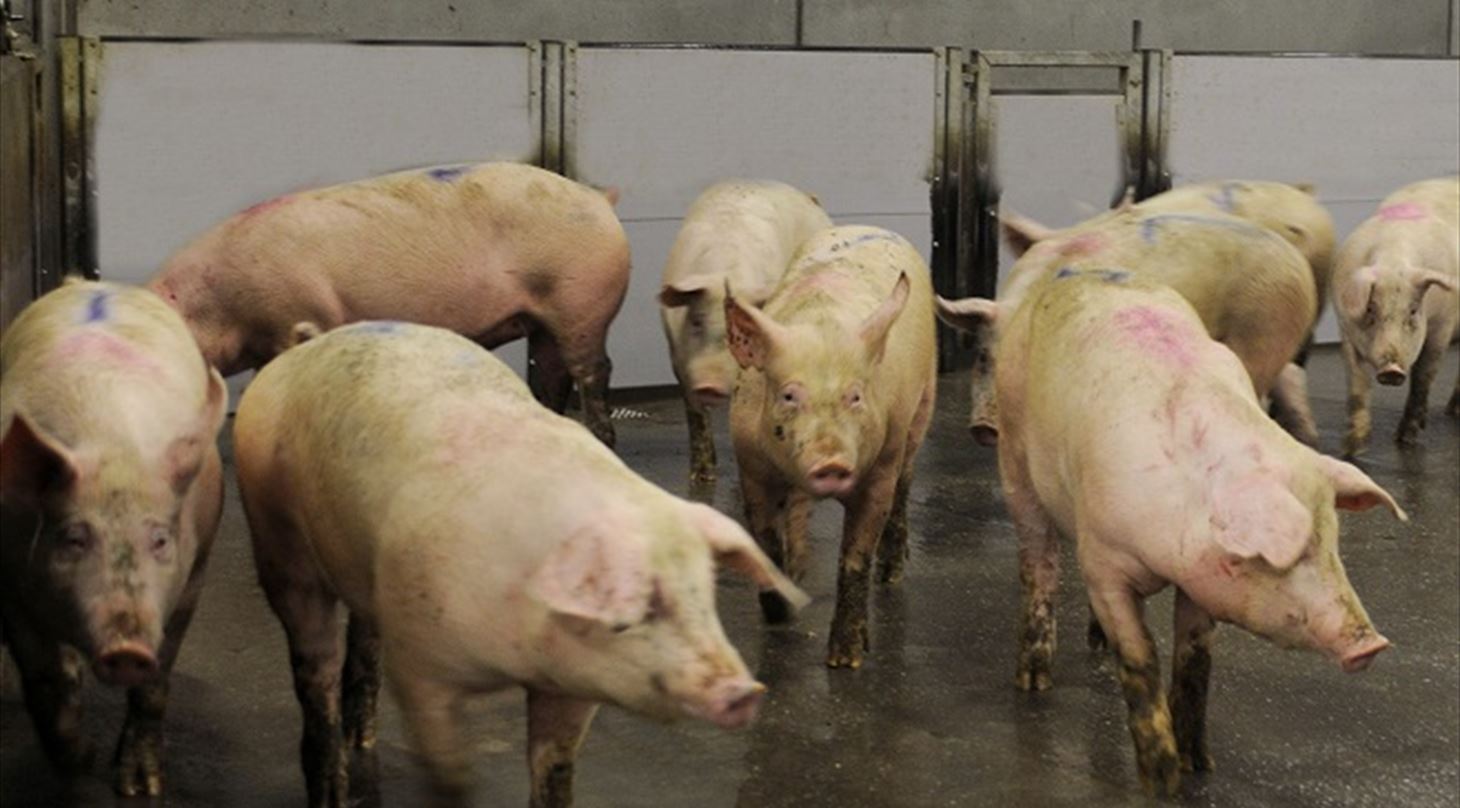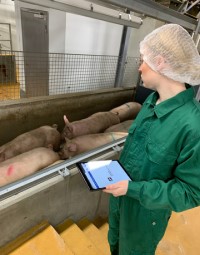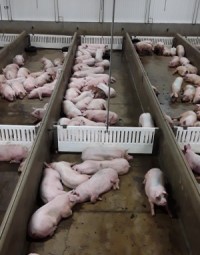
Case - welfare and quality check
Case story: PROAN Mexico
"DMRI has provided many different services for PROAN, and their help with evaluating our level of animal welfare and educating our staff in correct animal handling has improved animal welfare with significant benefits to the meat quality. With the WQC app, we will have better control of animal welfare using the technology at different areas of the plant from the beginning to the final result ensuring that we meet customer demands and keep improving”, says Project Manager & Export Director, Omar Romo Jiménez.
Slaughter capacity: 270 pigs/h
Duration: Week 11, 2021
DMRI was involved in:
Evaluation of animal welfare and meat quality
The WQC protocol developed by DMRI evaluates animal welfare using a setup of parameters that combines management related issues with practical arrangements, animal-based measures, and meat quality. The WQC protocol includes observations and graduation of indicators within all areas of the slaughterhouse from unloading to sticking and meat quality.
Education of operators in animal welfare
The slaughterhouse operators are educated in correct animal handling with focus on improving meat quality.
Education of operators in the WQC app
The WQC app is a web-based management tool developed by DMRI. DMRI’s experts train operators in using the app so that the slaughterhouse will be able to continue to monitor and register animal welfare, even after DMRI’s experts have left. Results generated by the app can be used to document the level of animal welfare to customers.
Optimal animal welfare can improve your bottom line
Reduction in drip losses, reduction in waste and trim, improved water holding capacity and improved tenderness are a few of the benefits that can be achieved using the principles in the WQC protocol.

